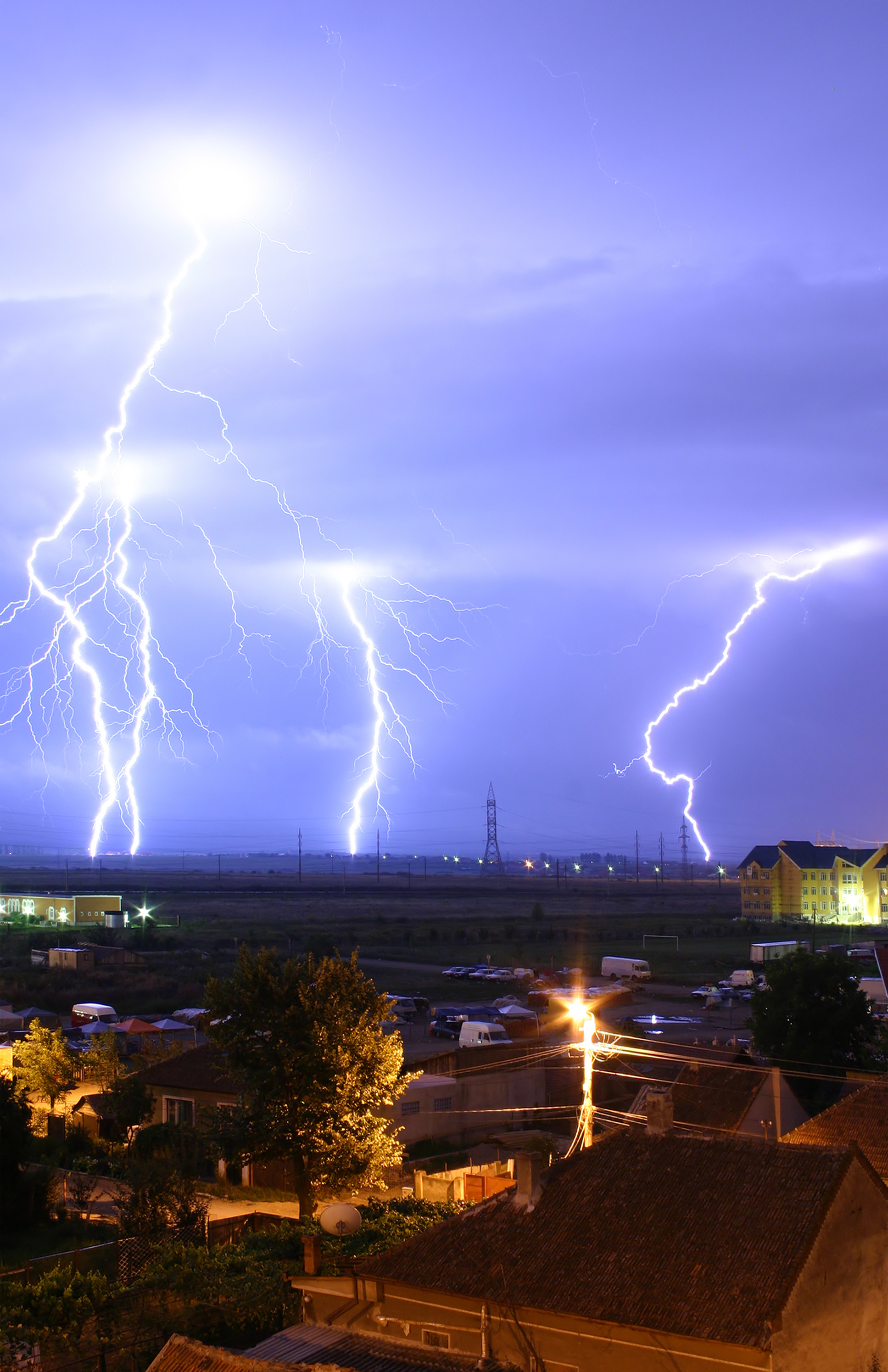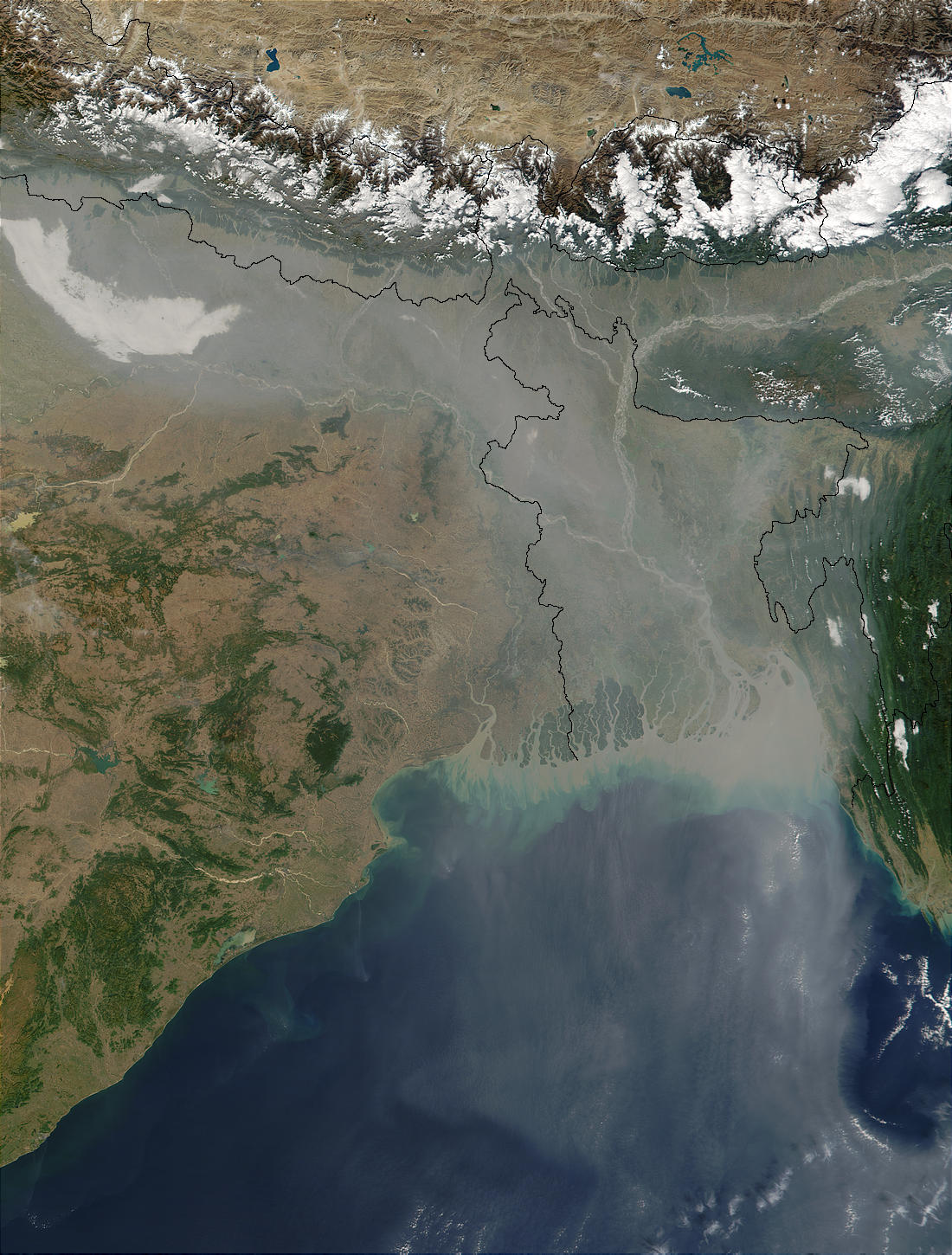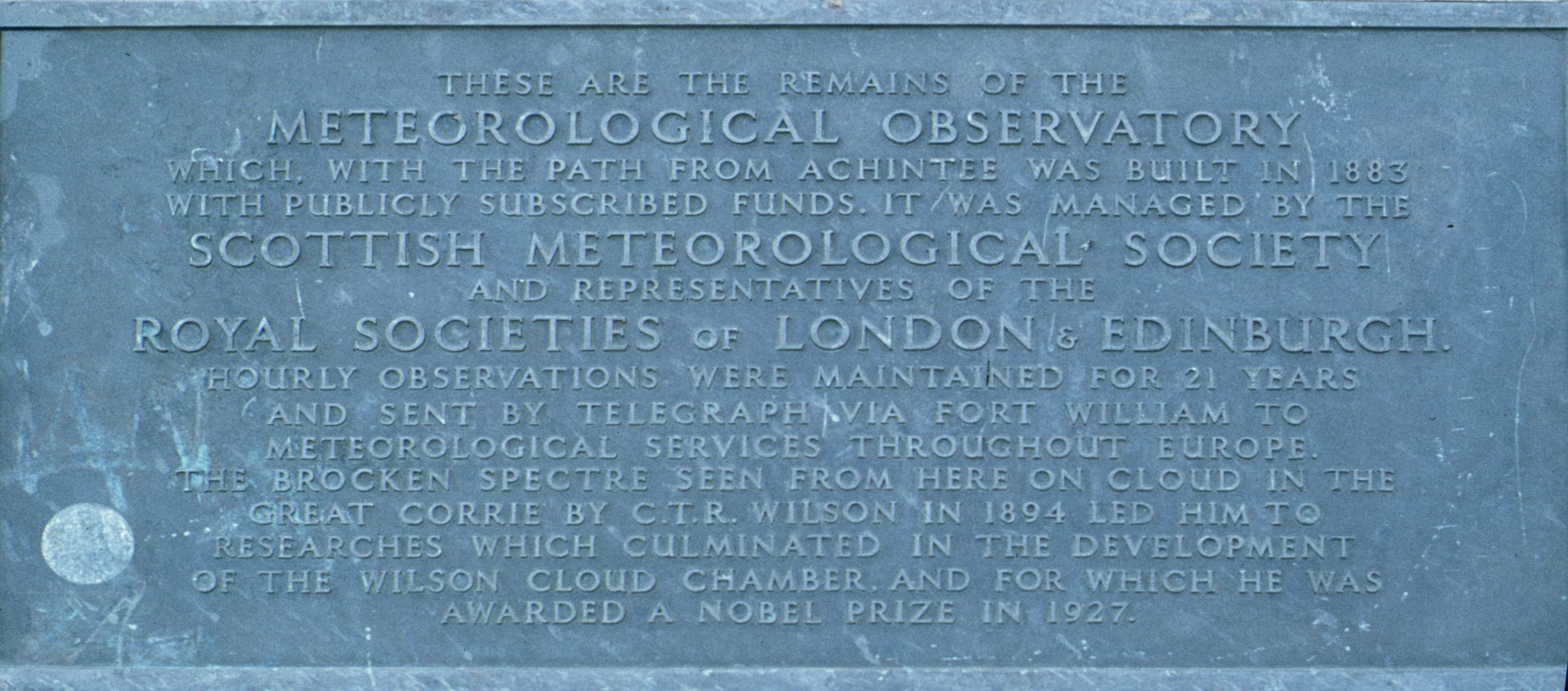|
Gunning Victoria Jubilee Prize Lectureship
The Gunning Victoria Jubilee Prize Lectureship is a quadrennial award made by the Royal Society of Edinburgh to recognise original work done by scientists resident in or connected with Scotland. The award was founded in 1887 by Dr Robert Halliday Gunning, a Scottish surgeon, entrepreneur and philanthropist who spent much of his life in Brazil. Awards by a similar name have also been awarded by the University of Edinburgh. Prizewinners SourceRoyal Society of Edinburgh *1887: Sir William Thomson, ''for a series of papers on Hydrokinetics'' *1887–1890: Peter Guthrie Tait, ''for work done on the Challenger Expedition'' *1890–1893: Alexander Buchan, ''for his contributions on meteorology'' *1893–1896: John Aitken, ''for his work on the formation and condensation of aqueous vapour'' *1896–1899: Rev. Thomas David Anderson, ''for his discoveries of new and variable stars'' *1900–1904: Sir James Dewar, ''for his researches on the liquefaction of gases'' *1904–1908: George C ... [...More Info...] [...Related Items...] OR: [Wikipedia] [Google] [Baidu] |
Royal Society Of Edinburgh
The Royal Society of Edinburgh is Scotland's national academy of science and letters. It is a registered charity that operates on a wholly independent and non-partisan basis and provides public benefit throughout Scotland. It was established in 1783. , there are around 1,800 Fellows. The Society covers a broader selection of fields than the Royal Society of London, including literature and history. Fellowship includes people from a wide range of disciplines – science & technology, arts, humanities, medicine, social science, business, and public service. History At the start of the 18th century, Edinburgh's intellectual climate fostered many clubs and societies (see Scottish Enlightenment). Though there were several that treated the arts, sciences and medicine, the most prestigious was the Society for the Improvement of Medical Knowledge, commonly referred to as the Medical Society of Edinburgh, co-founded by the mathematician Colin Maclaurin in 1731. Maclaurin was unhappy ... [...More Info...] [...Related Items...] OR: [Wikipedia] [Google] [Baidu] |
John Norman Collie
Professor John Norman Collie FRSE FRS (10 September 1859 – 1 November 1942), commonly referred to as J. Norman Collie, was an English scientist, mountaineer and explorer. Life and work He was born in Alderley Edge, Cheshire, the second of four sons to John Collie and Selina Mary Winkworth. In 1870 the family moved to Clifton, near Bristol, and John was educated initially at Windlesham in Surrey and then in 1873 at Charterhouse School. The family money had been made in the cotton trade, but in 1875 the American Civil War resulted in their financial ruin when their American stock was burnt. Collie had to leave Charterhouse and transfer to Clifton College, Bristol where he realised he was completely unsuited for the classics. He attended University College in Bristol and developed an interest in chemistry. He earned a PhD in chemistry under Johannes Wislicenus at Würzburg in 1884. Returning to Britain, he taught three years at Cheltenham Ladies College where, according to hi ... [...More Info...] [...Related Items...] OR: [Wikipedia] [Google] [Baidu] |
James Irvine (chemist)
Sir James Colquhoun Irvine KBE JP PhD (Leipzig) DL DSc BSc FRS FRSE FEIS (9 May 1877 – 12 June 1952) was a British organic chemist and Principal and Vice-Chancellor of the University of St Andrews from 1921 until his death. As a research chemist, Irvine worked on the application of methylation techniques to carbohydrates, and isolated the first methylated sugars, trimethyl and tetramethyl glucose. Life Irvine was born in Glasgow to factory-owner John Irvine (a manufacturer of light-castings) and Mary Paton Colquhoun. He was educated at Allan Glen's School. He then studied at the Royal Technical College, Glasgow, before taking a Bachelor of Science in Chemistry at the University of St Andrews. From there, he went to the University of Leipzig, where he studied for a PhD under Ostwald and Wislicenus. Returning to St Andrews, he was awarded a Doctor of Science degree, and taught Chemistry there. He was appointed Professor of Chemistry in 1909 and Dean of Science in 1912. In ... [...More Info...] [...Related Items...] OR: [Wikipedia] [Google] [Baidu] |
Mathematical Physics
Mathematical physics refers to the development of mathematics, mathematical methods for application to problems in physics. The ''Journal of Mathematical Physics'' defines the field as "the application of mathematics to problems in physics and the development of mathematical methods suitable for such applications and for the formulation of physical theories". An alternative definition would also include those mathematics that are inspired by physics (also known as physical mathematics). Scope There are several distinct branches of mathematical physics, and these roughly correspond to particular historical periods. Classical mechanics The rigorous, abstract and advanced reformulation of Newtonian mechanics adopting the Lagrangian mechanics and the Hamiltonian mechanics even in the presence of constraints. Both formulations are embodied in analytical mechanics and lead to understanding the deep interplay of the notions of symmetry (physics), symmetry and conservation law, con ... [...More Info...] [...Related Items...] OR: [Wikipedia] [Google] [Baidu] |
Charles Galton Darwin
Sir Charles Galton Darwin (19 December 1887 – 31 December 1962) was an English physicist who served as director of the National Physical Laboratory (NPL) during the Second World War. He was a son of the mathematician George Howard Darwin and a grandson of Charles Darwin. Early life Darwin was born at Newnham Grange in Cambridge, England into a scientific dynasty. He was a son of mathematician Sir George Howard Darwin and a grandson of Charles Darwin. His mother was Lady Darwin, Maud du Puy of Philadelphia, Pennsylvania. Darwin's elder sister was the artist Gwen Raverat, and his younger sister Margaret married Geoffrey Keynes, the brother of the economist John Maynard Keynes. His younger brother William Robert Darwin was a London stockbroker. Darwin was educated at Marlborough College (1901–1906) and then studied mathematics at Trinity College, Cambridge, graduating BA in 1910, later promoted to MA by seniority. Career He secured a post-graduate position at the Victoria ... [...More Info...] [...Related Items...] OR: [Wikipedia] [Google] [Baidu] |
James Walker (chemist)
Sir James Walker FRS FRSE FCS LLD (6 April 1863 – 6 May 1935) was a Scottish chemist. Life He was born at Logie House, in north-west Dundee the son of James Walker of J & H Walker, jute and flax spinners and weavers, and owners of the Dura Works. His mother was Susan Hutchison Cairns. He was educated at the High School of Dundee, and, although he had passed the entrance examination for the University of St Andrews, he instead joined his father's company. He stayed there for three years, then entered the University of Edinburgh to study sciences in 1882. He graduated with a BSc in 1885 and gained a doctorate in 1886. He then spent three years in Germany, working with Ludwig Claisen, Adolf von Baeyer and Wilhelm Ostwald. Following a PhD at the University of Leipzig in 1889, he returned to Britain, working in Edinburgh and University College, London, before being appointed professor of chemistry at the University College, Dundee in 1894. In 1890 he was elected a Fell ... [...More Info...] [...Related Items...] OR: [Wikipedia] [Google] [Baidu] |
Joseph John Thomson
Sir Joseph John Thomson (18 December 1856 – 30 August 1940) was a British physicist and Nobel Laureate in Physics, credited with the discovery of the electron, the first subatomic particle to be discovered. In 1897, Thomson showed that cathode rays were composed of previously unknown negatively charged particles (now called electrons), which he calculated must have bodies much smaller than atoms and a very large charge-to-mass ratio. Thomson is also credited with finding the first evidence for isotopes of a stable (non-radioactive) element in 1913, as part of his exploration into the composition of canal rays (positive ions). His experiments to determine the nature of positively charged particles, with Francis William Aston, were the first use of mass spectrometry and led to the development of the mass spectrograph. Thomson was awarded the 1906 Nobel Prize in Physics for his work on the conduction of electricity in gases. Thomson was also a teacher, and several of his me ... [...More Info...] [...Related Items...] OR: [Wikipedia] [Google] [Baidu] |
Atmospheric Electricity
Atmospheric electricity is the study of electrical charges in the Earth's atmosphere (or that of another planet). The movement of charge between the Earth's surface, the atmosphere, and the ionosphere is known as the global atmospheric electrical circuit. Atmospheric electricity is an interdisciplinary topic with a long history, involving concepts from electrostatics, atmospheric physics, meteorology and Earth science. Thunderstorms act as a giant battery in the atmosphere, charging up the electrosphere to about 400,000 volts with respect to the surface. This sets up an electric field throughout the atmosphere, which decreases with increase in altitude. Atmospheric ions created by cosmic rays and natural radioactivity move in the electric field, so a very small current flows through the atmosphere, even away from thunderstorms. Near the surface of the Earth, the magnitude of the field is on average around 100 V/m. Atmospheric electricity involves both thunderstorms, which crea ... [...More Info...] [...Related Items...] OR: [Wikipedia] [Google] [Baidu] |
Ionisation
Ionization, or Ionisation is the process by which an atom or a molecule acquires a negative or positive charge by gaining or losing electrons, often in conjunction with other chemical changes. The resulting electrically charged atom or molecule is called an ion. Ionization can result from the loss of an electron after collisions with subatomic particles, collisions with other atoms, molecules and ions, or through the interaction with electromagnetic radiation. Heterolytic bond cleavage and heterolytic substitution reactions can result in the formation of ion pairs. Ionization can occur through radioactive decay by the internal conversion process, in which an excited nucleus transfers its energy to one of the inner-shell electrons causing it to be ejected. Uses Everyday examples of gas ionization are such as within a fluorescent lamp or other electrical discharge lamps. It is also used in radiation detectors such as the Geiger-Müller counter or the ionization chamber. The ionizati ... [...More Info...] [...Related Items...] OR: [Wikipedia] [Google] [Baidu] |
Condensation Nuclei
Cloud condensation nuclei (CCNs), also known as cloud seeds, are small particles typically 0.2 µm, or one hundredth the size of a cloud droplet. CCNs are a unique subset of aerosols in the atmosphere on which water vapour condenses. This can affect the radiative properties of clouds and the overall atmosphere. Water requires a non-gaseous surface to make the transition from a vapour to a liquid; this process is called condensation. In the atmosphere of Earth, this surface presents itself as tiny solid or liquid particles called CCNs. When no CCNs are present, water vapour can be supercooled at about for 5–6 hours before droplets spontaneously form. This is the basis of the cloud chamber for detecting subatomic particles. The concept of CCN is used in cloud seeding, which tries to encourage rainfall by seeding the air with condensation nuclei. It has further been suggested that creating such nuclei could be used for marine cloud brightening, a climate engineering techniqu ... [...More Info...] [...Related Items...] OR: [Wikipedia] [Google] [Baidu] |
Charles Thomson Rees Wilson
Charles Thomson Rees Wilson, (14 February 1869 – 15 November 1959) was a Scottish physicist and meteorologist who won the Nobel Prize in Physics for his invention of the cloud chamber. Education and early life Wilson was born in the parish of Glencorse, Midlothian to Annie Clark Harper and John Wilson, a sheep farmer. After his father died in 1873, he moved with his family to Manchester. With financial support from his step-brother he studied biology at Owens College, now the University of Manchester, with the intent of becoming a doctor. In 1887, he graduated from the College with a Bachelor of Science, BSc. He won a scholarship to attend Sidney Sussex College, Cambridge, where he became interested in physics and chemistry. In 1892 he received 1st class honours in both parts of the Natural Sciences (Cambridge), Natural Science Tripos. Career He became particularly interested in meteorology, and in 1893 he began to study clouds and their properties. Beginning in 1894, he wo ... [...More Info...] [...Related Items...] OR: [Wikipedia] [Google] [Baidu] |
Determinants
In mathematics, the determinant is a scalar value that is a function of the entries of a square matrix. It characterizes some properties of the matrix and the linear map represented by the matrix. In particular, the determinant is nonzero if and only if the matrix is invertible and the linear map represented by the matrix is an isomorphism. The determinant of a product of matrices is the product of their determinants (the preceding property is a corollary of this one). The determinant of a matrix is denoted , , or . The determinant of a matrix is :\begin a & b\\c & d \end=ad-bc, and the determinant of a matrix is : \begin a & b & c \\ d & e & f \\ g & h & i \end= aei + bfg + cdh - ceg - bdi - afh. The determinant of a matrix can be defined in several equivalent ways. Leibniz formula expresses the determinant as a sum of signed products of matrix entries such that each summand is the product of different entries, and the number of these summands is n!, the factorial of (the ... [...More Info...] [...Related Items...] OR: [Wikipedia] [Google] [Baidu] |








